September floods: 10 bridges temporarily rebuilt, 7 under construction

Kathmandu, November 13 — During the last week of September, heavy rainfall caused floods that disrupted 43 highways at 819 locations across the country. Of these, 366 locations have been temporarily repaired and are now operational in both directions.
Additionally, 452 locations are operating one-way, and one highway is still blocked. According to the Department of Roads, the highway connecting the eastern hilly districts to the Terai—Thadi-Bhagawanpur-Lahan-Gaighat-Kharpa-Solu—remains closed. The floodwaters of the Sunkoshi River washed away the Foksingtar Bridge, which connects Udaypur and Khotang districts, causing the disruption. The construction of a new bridge has not yet been completed, preventing the highway from functioning.
Temporary bridge plan
Lalijan Khanal, the chief of the Bridge Division, explained that discussions are ongoing with India to bring in a 120-meter Bailey bridge, as the government does not have a Bailey bridge of that size. "India has already committed to providing a 70-meter Bailey bridge, and efforts are being made through a government-to-government (G2G) agreement to secure a 120-meter bridge," Khanal said. "If we receive a 120-meter bridge from India, we will install it immediately."
Khanal further noted that the government currently has only 50-meter Bailey bridges available, and a team from the Pulchok Engineering Campus has conducted a site study for installation. "We are planning to install a temporary bridge, but we do not have a 120-meter bridge yet. A smaller bridge will not suffice as the old bridge was large and was washed away by the flood," Khanal added. The plan is to install a temporary bridge by February and then permanently replace it by June. The estimated cost for this temporary solution is around 15 million Nepali rupees.
The government’s initial estimate for constructing a permanent bridge at this location is around 110 million Nepali rupees. Since the bridge was under construction when it was washed away, the construction company will bear the reconstruction costs, Khanal explained. "The company responsible for the construction must cover the loss caused by the flooding, either through insurance claims or by rebuilding the bridge," he said.
The construction contract for the bridge was awarded to the Gauriparbati YP Joint Venture Construction Company on April 5 2013 , and it was expected to be completed by April 4, 2017. The bridge was inaugurated on December 22, 2022, and traffic had started moving across it. If there had been no delays, it should have been completed two years ago. However, road construction work on the approach road is still incomplete, and the company will now be required to rebuild the bridge, according to Khanal.
Damaged bridges and roads
The floods that occurred in the last week of September damaged 17 motorable bridges across the country. Of these, 10 bridges have been temporarily reconstructed, while the remaining 7 are still under construction or being planned.
The government has estimated that rebuilding the roads and bridges damaged by the floods will cost around 20 to 25 billion Nepali rupees for permanent repairs, while temporary repairs will cost around 2.5 to 3 billion rupees.
Temporary repairs on major highways
Temporary repairs have been made on several highways, including the Araniko Highway at Larcha and Liping, where Bailey bridges have been installed. Other highways, such as the Prithvi and Kanti Highways, have also undergone temporary repairs, and traffic is now moving in one or both directions.
So far, only temporary repairs have been completed on the roads and bridges damaged by the floods and landslides. The final decision regarding permanent reconstruction is still pending. The BP Highway, which suffered the most damage, is currently operating with temporary repairs, and a study for its permanent reconstruction is underway. In Sindhuli, a 100-meter Bailey bridge has been temporarily installed on the Sunkoshi River to reconnect Khurkot and Ramechhap.
As the temporary repairs continue, the government is focusing on securing the necessary resources for long-term infrastructure restoration.


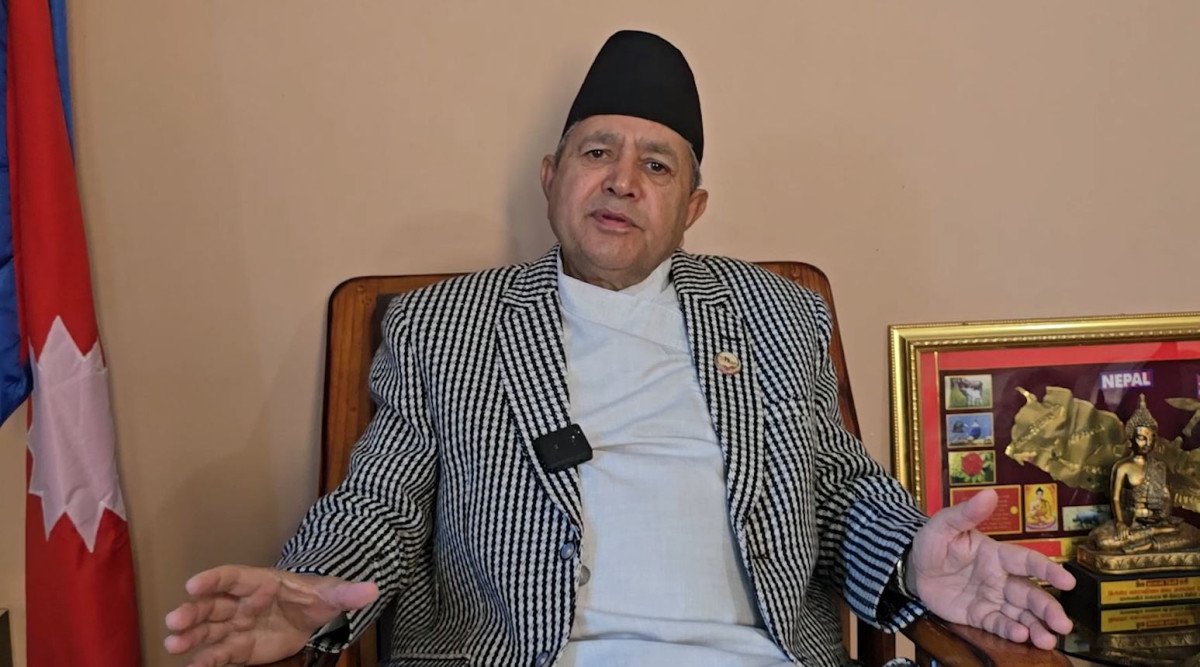
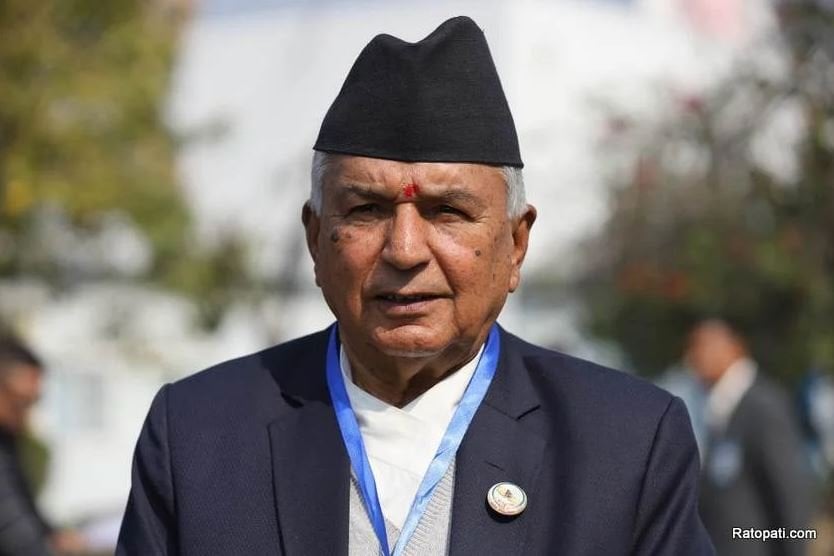
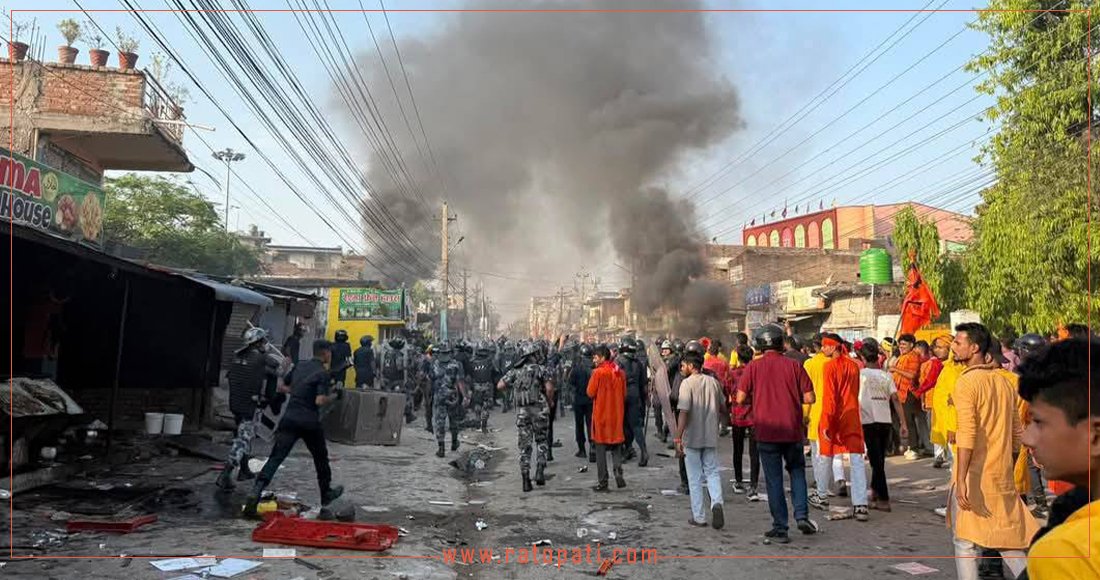


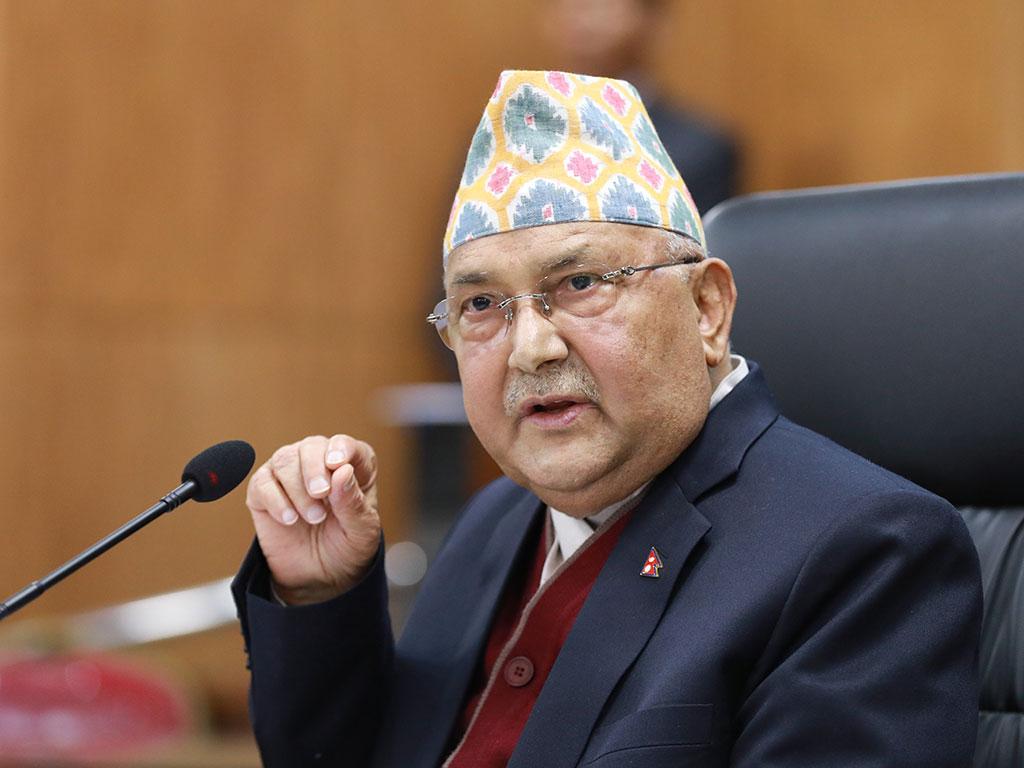
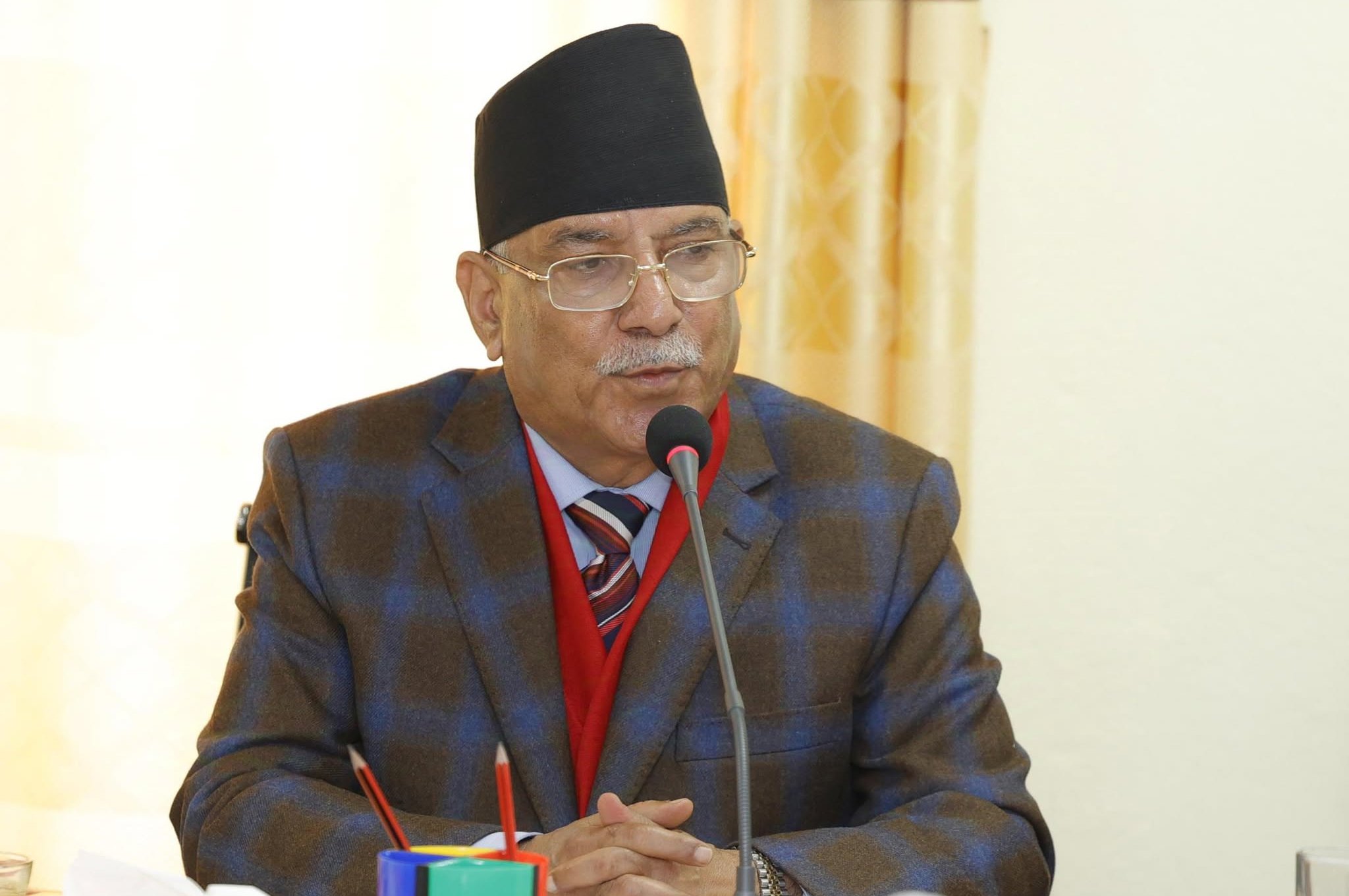
Leave Comment